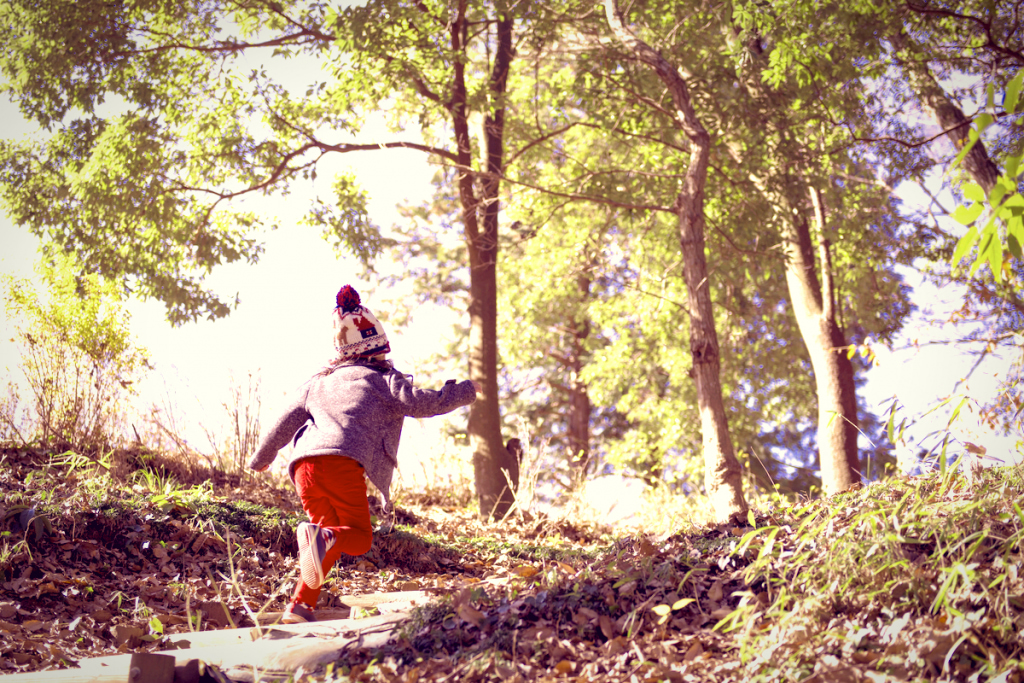As 2020 rumbles on, the freshness and clarity of the early autumn air brings, for our family at least, a strong yearning for the countryside. Like many other families, the semi-lockdown period this spring, followed by the sweltering, stifling summer, increased our appreciation of the revitalizing effect of time spent in the great outdoors and that precious sense of openness that is so hard to find in the city. There is no doubt that the area around Tokyo offers magnificent countryside and coastline locations that seem tantalizingly within reach, but when traveling as a family with young children, no matter how accessible a destination is, the hassle of getting there can be very off-putting. The added stress of renting a car or navigating public transport during a pandemic with little ones who will put anything they can grab in their mouths can make what should be a rejuvenating experience seem like an ordeal not worth the stress.
As a family, we have tried our best to make an effort to get out as often as we can, and while I have never regretted doing so, we have learned a few lessons along the way that could have eased some of the more difficult moments had we known them earlier. So in the hopes that it might help some other families attempting to explore the beauty of our doorsteps, here are some thoughts and tips that should help things go at least a little bit more smoothly.
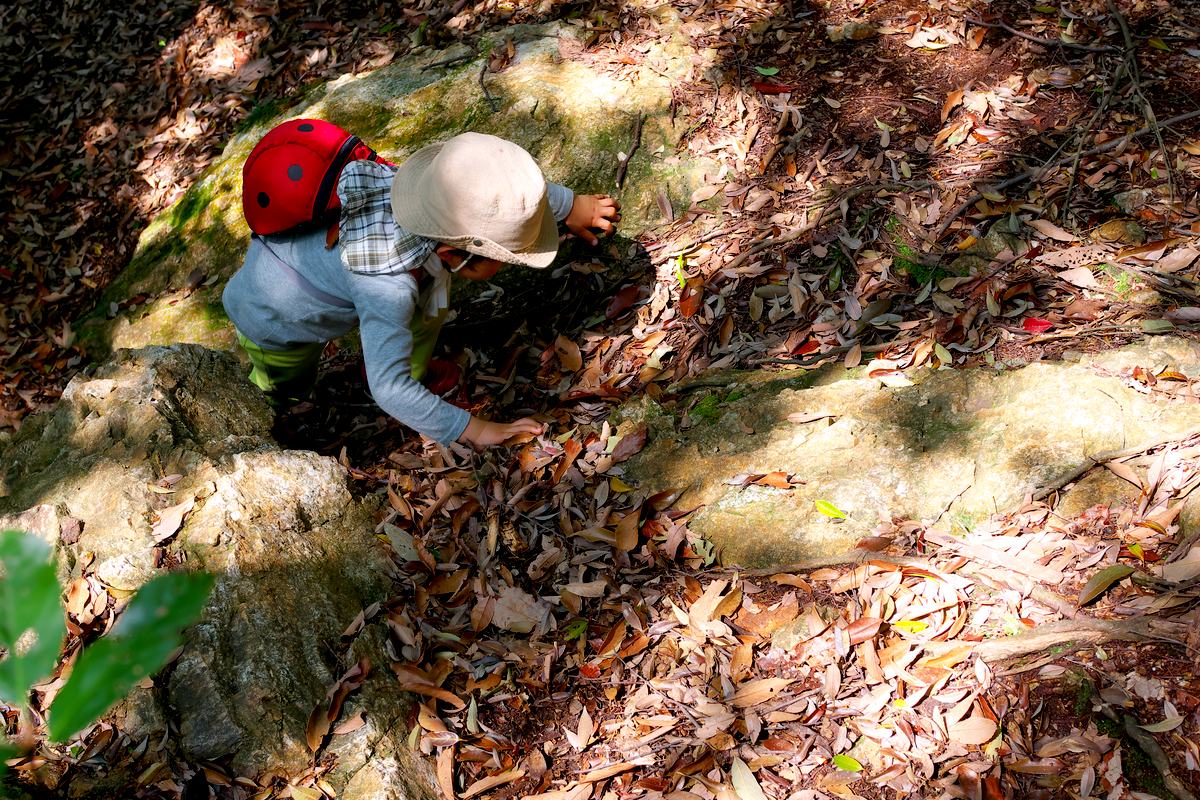
Expect the unexpected and try to enjoy it
Part of the fun of exploring a new area is discovering the unknown and being surprised (hopefully pleasantly) by the unexpected. We have on many occasions, mostly unknowingly, taken this notion too far, and done very little practical research before embarking on a family trip to a new area. This has led to some prickly situations, the kind where both parents can sense the glint of apprehension and occasionally fear in each other’s eyes. Like the time we took what we thought would be a gentle ferry ride across to an island only to find ourselves huddled on the floor of the deck trying to protect our one-year-old son from the freezing wind and spray as the boat lurched and plummeted across the waves. Or the time we rented a scooter with a sidecar to explore an island, investigated an interesting looking trail and got stuck, miles from anywhere and with no phone signal. Even just getting a bit lost on a hike without adequate provisions can be a bit alarming. While I wouldn’t trade these experiences (we were never in any real danger), I have learned that there are some things you can do to avoid the really sticky situations, and to alleviate the discomfort when things go a bit wrong.
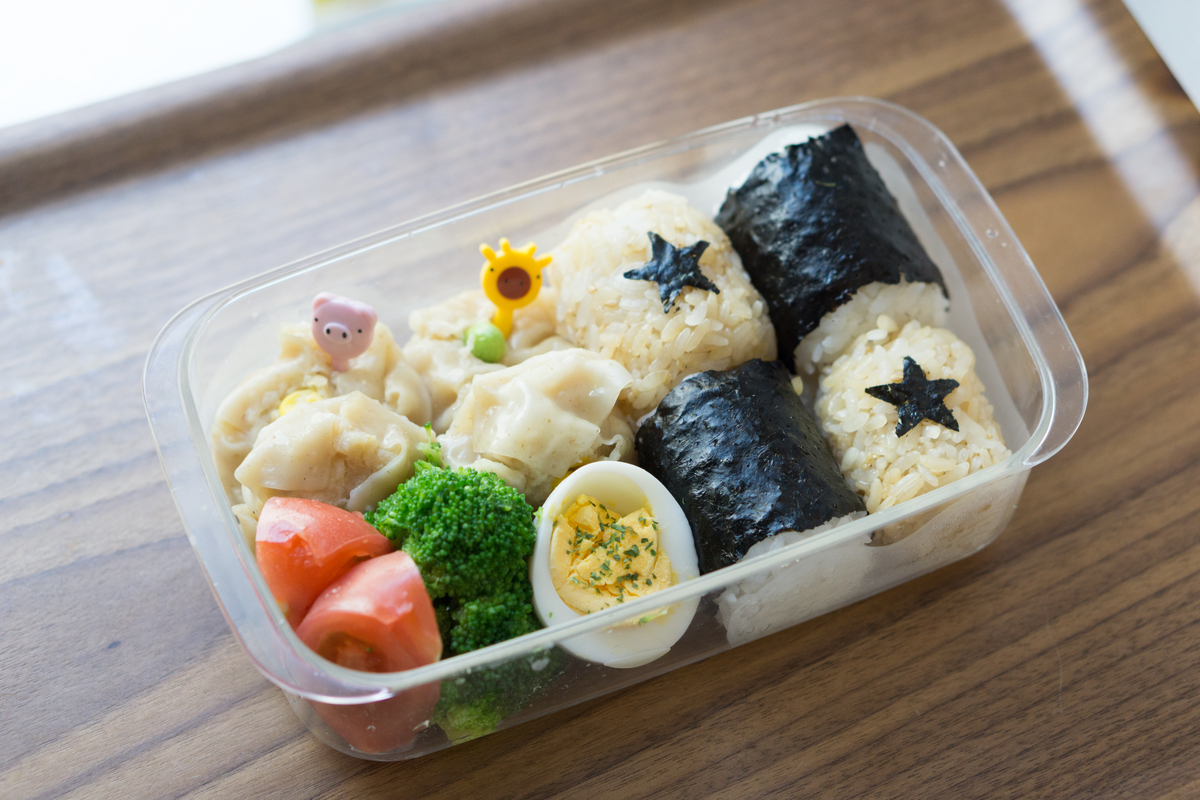
No, convini aren’t everywhere — Always bring extra food
Firstly and most importantly, bring food. Bring more food than you think you will need. Don’t leave your house thinking that there are convenience stores everywhere in Japan — there most likely won’t be any if you’re heading to a more countryside area. Decide how much each family member will eat and double it. And don’t forget to think of yourself. As a mother I am always concerned about having enough snacks/packed lunch for my children and frequently overlook myself. This is a particularly glaring oversight at the moment since I am still breastfeeding my youngest and so arguably need the most food out of anyone. This simple piece of advice is something that I still regularly fail to follow. Part of the problem is wanting to keep backpacks light, especially when hiking, but it is much worse to have a hungry whining child or tantruming toddler than to carry a bit of extra weight.
The type of food you bring will depend on your family’s tastes and requirements, but a quick note here about bananas. Earlier, we would always bring bananas — it’s the perfect snack food! They are nutritious and filling and come with their own organic wrapper! And then, I always regret bringing bananas. Unless you eat them right at the start, one of those bananas will end up squished into the snack bag or backpack, and that pungent, bruised banana smell will be with you for the rest of the trip. So while I still think bananas can be a good option, think carefully about how you pack them.
Be aware that the facilities you are used to finding in Tokyo may be harder to come by out of town. Well, of course, but even the ubiquitous vending machine, generally found everywhere across the country, may not come along just exactly when you need it. Especially if you are hiking in areas of designated natural beauty. We always bring water of course, but if you are going on a reasonably long hike, and the weather is hot, it is hard to carry enough. During the pandemic we have been avoiding water fountains, which means drinks will need to be bought at some point. It is a good idea to check if you can where vending machines and convenience stores are located, so you know you can make a beeline to the nearest drinks dispenser if needed. You don’t want to get to what you believed was the halfway point on your hike to the Big Buddha, only to discover you haven’t even made it a quarter of the way yet, the whole family is exhausted, you are running out of water and the only vending machine is back where you started before climbing down all those hundreds of steps. We never made it to the Big Buddha, but that vending machine shone like an oasis when we finally made it back.
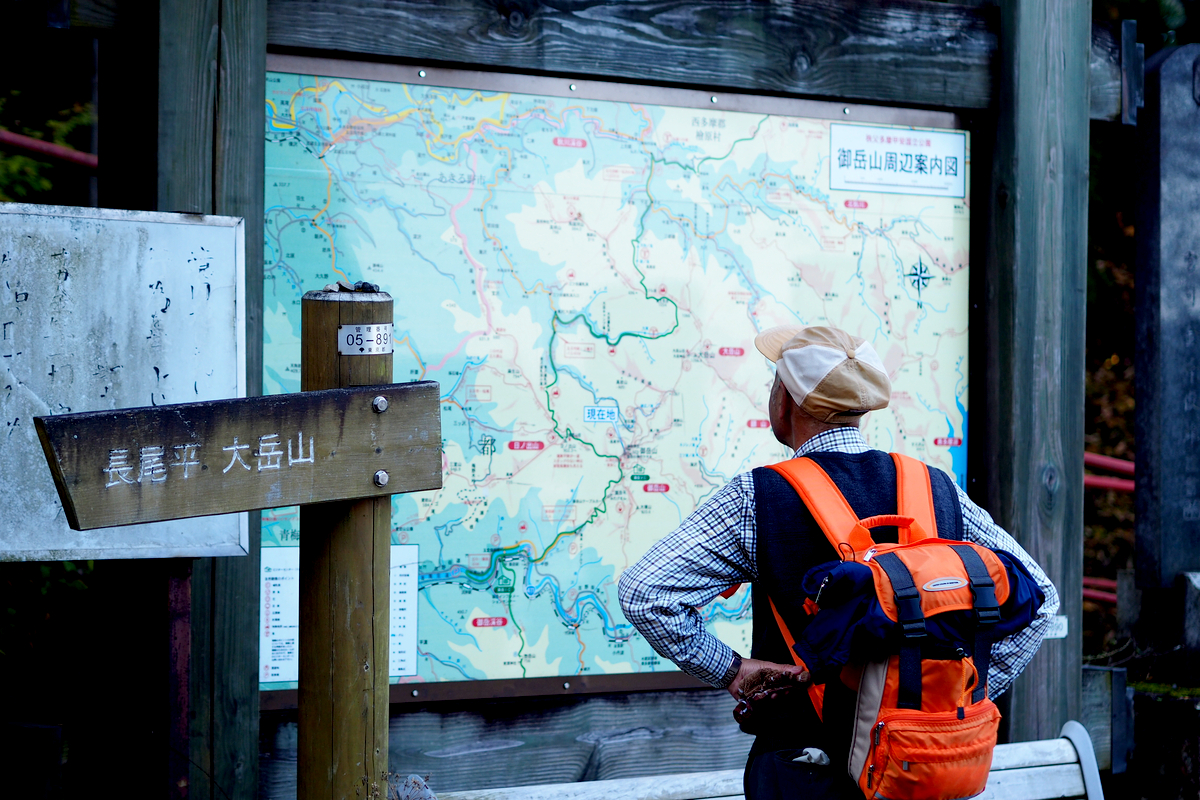
Check well before you go
It is also a good idea to double-check whether regular facilities are currently operating. Imagine you’ve planned a trip that involved a meal served during your train ride, only to discover that the meal service has been temporarily postponed due to the pandemic — you’re in for a major disaster. You’ll find yourself facing a two-hour train ride with a hungry toddler, two hungry and increasingly grouchy parents and that crumbled senbei at the bottom of your bag — you’ll have a pretty unpleasant start to your trip.
Similarly, restaurants that come up on Google maps that claim to be open may well be closed. On a recent trip we had based a hike around a lunch spot we had found online, that Google claimed was open, and despite the sign being up, we discovered on arrival that the restaurant had closed five months ago. Luckily, we had brought some food (slowly starting to learn from experience) so it wasn’t a disaster but it was disappointing. So if the success of your trip rests on a certain place being open, best to ring to confirm before setting off.
The facilities you are used to finding in Tokyo may be harder to come by out of town.
Local transport is another area worth checking up on before you go. Knowing that a bus or shuttle exists between the station and your hike start point is often not enough. On a hike to Tsukuba-san my family ran into trouble as we did not check the time of the final bus back to the station from the mountain. We started our hike a little late and noticed quite long queues already forming for the bus back. This couldn’t possibly be a sign that the final bus was imminent, we naively assumed, as we happily went ahead with our hike (which was beautiful). Of course we were wrong, and ended up having to take an expensive 40-minute taxi ride back to the station without our kids car seats. So yeah, check the times of final buses/shuttles/trains and try not to miss them!

Do extra research of the place you’re heading to
We have also run into trouble by not understanding that local hiking maps are generally not to scale and can be extremely misleading. What may look like an easy circular hike can in fact include hundreds of steep steps, or be miles longer than you realized. In addition, damage to trails caused by typhoons or other natural disasters may not be marked, or mentioned to you at tourist information. After taking on a little more hiking than was perhaps wise, discovering that the continuation of the trail is blocked off and your only option is to retrace your hard-worn steps is a tiring prospect for anyone, but add an infant and a toddler to the mix and a tiring situation becomes genuinely troubling. In these times there is nothing for it but to stay strong and keep going, carry the kids and reward yourselves when you make it back. But you can often avoid the backache by doing a bit more research before setting off.
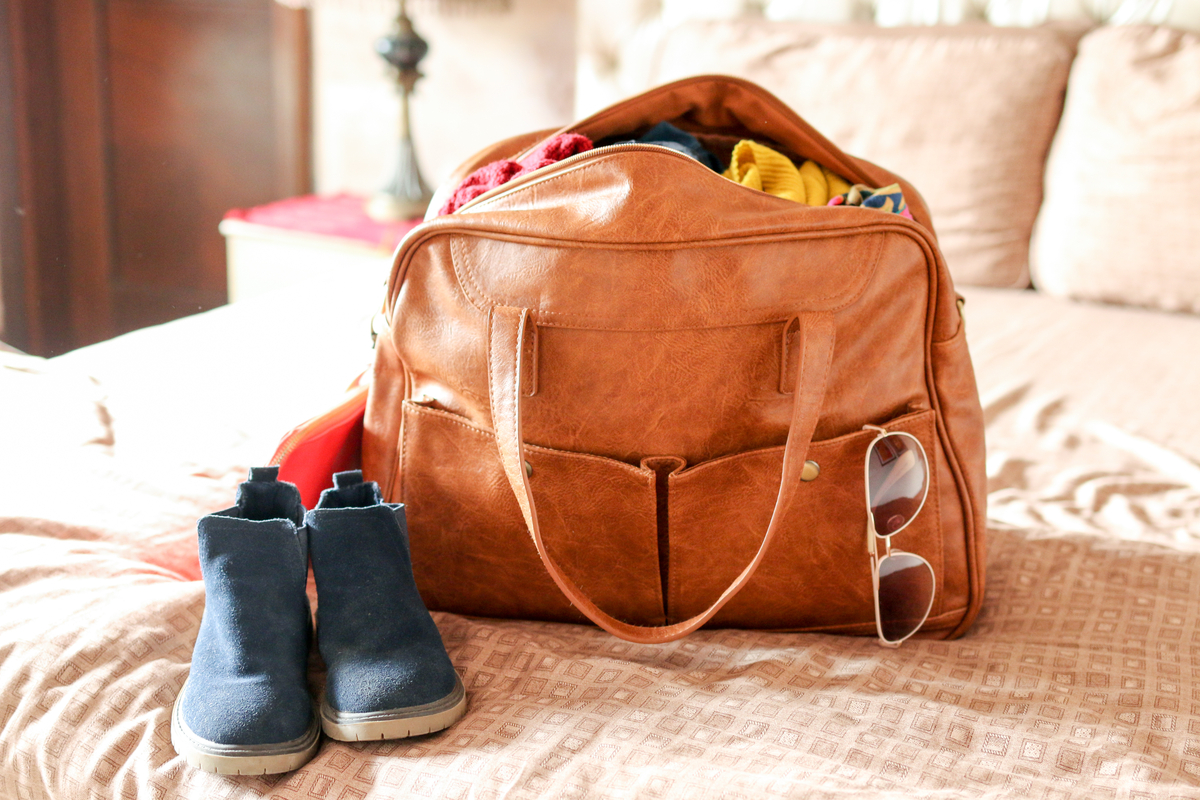
Be prepared: Know what to pack
And finally, some thoughts on what to pack (in addition to food and drinks). A simple medical kit to cover cuts, scrapes and stings and some emergency pain killers for the parents will always be useful. If you are traveling with a baby, bring two spare sets of clothes and enough plastic bags for your rubbish and diapers. If your child is young enough to still have diaper explosions, you can bet that they will choose the most inopportune moment to have one, so consider a bag that can securely contain all that mess. A muslin is always useful, as a quick changing mat, sun shield, blanket, towel and mop. If it’s summer, bring extra sunscreen and bug spray, and don’t forget hats for everyone. Hand gel and masks are a must these days, and worth carrying extra, especially if your little one likes to pull your mask off your face. If you have a hiking backpack, it can be a good idea to bring along your usual carrier as well, if your child still naps. I have found that while my children both did nap in the hiking backpack, they often fell into an awkward position so it is nice to switch over to the usual carrier for nap times if there are two adults on the trip. This also gives the primary carrier a bit of a break. Bring activities for the journey, but if you are coming by public transport don’t worry about bringing too many, you can always play games like ‘I spy,’ or turn to videos on your phone if things are looking desperate. And finally, bring a camera. It is amazing how much better we remember times that we have photographed, and looking back over the photos at the end of the day, when you are exhausted but satisfied is a pleasing treat.
Most importantly, try to enjoy it. Getting out of the city can rejuvenate minds fatigued by everyday anxieties and provide memorable experiences that will have a positive benefit on the whole family. There is little more rewarding for a city parent than watching your mud-strewn child gleefully chasing a grasshopper through a field, or jumping with carefree abandon in and out of breaking waves. But there is no use denying that providing these experiences can be a stressful endeavor, so while your child screams bloody murder from their car seat during the inevitable chug through traffic on the approach to Tokyo try to focus on the probability that this is not what they will remember, and it is definitely all worth it. And don’t photograph that part.
Updated On April 25, 2021

